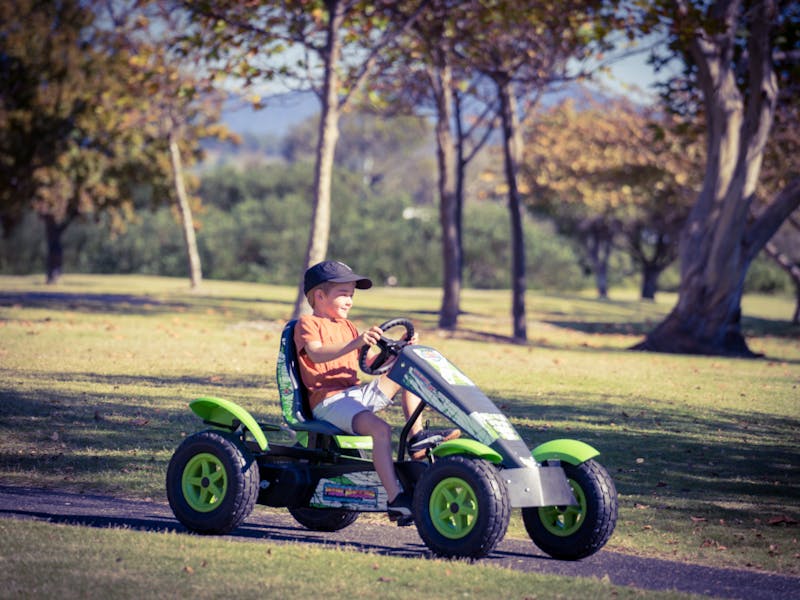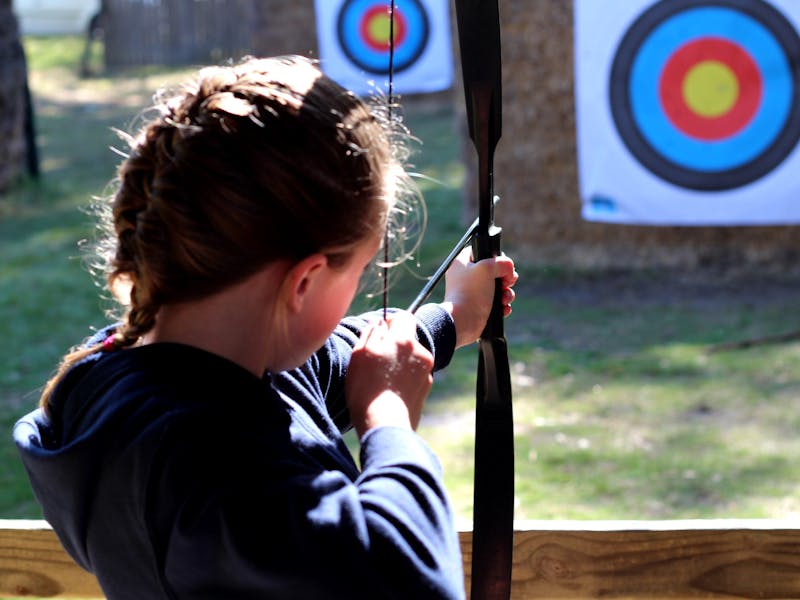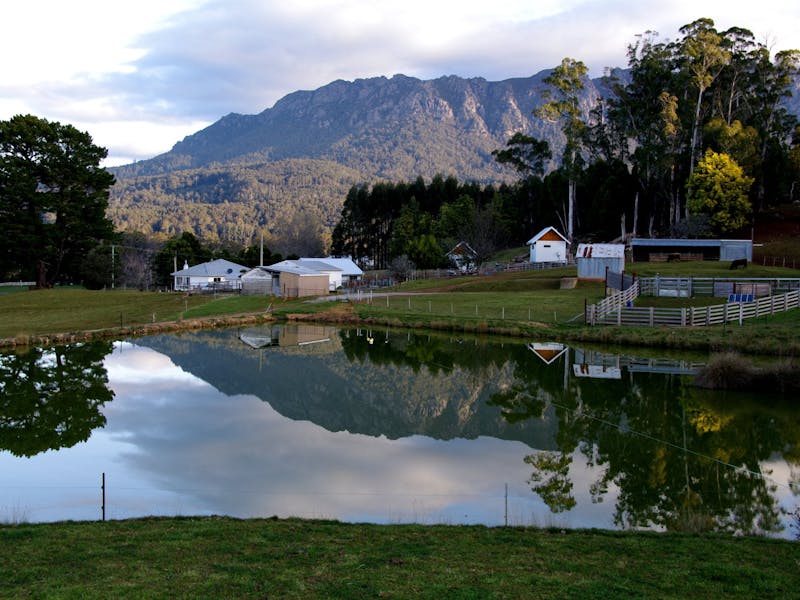
In 1864, a ship sailed across the world from Britain with a delicate cargo.
Aboard the Norfolk, destined for Tasmania, were 2700 live brown trout eggs, stored in tonnes of ice for the long journey.
This was the third attempt to transplant trout to Australia. This time, it worked.
On 4 May 1864, the first of the eggs hatched in the Plenty River in southern Tasmania. Thirty years later, rainbow trout were also introduced. These fish would become the stock from which the entire trout population of Australia and New Zealand was built.
Tasmania’s rivers and lakes have evolved into one of the world’s great trout fisheries. These fish are wild, wily and cunning and take some catching, so here are our insider tips for success in Tasmanian waters.
Licences
The first thing to organise is a fishing licence, which is needed in all waters other than registered private fisheries such as Cradle Mountain Lodge and 28 Gates in the Derwent Valley.
Licences, which range from 48 hours to five seasons, can be bought online at the Inland Fisheries Service.


Seasons and limits
Most brown trout waters open from the first Saturday in August to the Sunday nearest 30 April. Rainbow trout waters are open from the Saturday nearest to 1 October through to the Sunday nearest 31 May. More than a dozen waters are open year-round, including yingina / Great Lake, Lake Burbury, Lake Pedder and Meadowbank Lake.
Bag and size limits can vary from water to water, and some lakes are designated as catch-and-release. When you buy your fishing licence, you’ll receive the Tasmanian Inland Fishing Code, which lists all bag limits and size restrictions, as well as the seasonal opening and closing dates. The code is also available online.

Rods and flies
For Tasmanian lakes, a nine foot five or six weight fly rod, reel and floating line is ideal (remember, it gets windy) and will be a good option also for the bigger rivers. A three or four weight fly outfit is ideal for smaller streams. Leaders should be around nine or 12 feet tapered to 3x, 4x or 5x for lighter weight outfits.
Local fly shops provide a good selection of locally tied flies. The following flies provide a solid start: red tag, parachute Adams, possum emerger, stick caddis, black spinner, red spinner, gum beetle, brown nymph, black nymph, olive nymph, fur fly, damsel fly nymph, and woolly bugger.


Get fishing
For tour and fishery information, check in with Trout Guides and Lodges Tasmania (TGALT), Tasmania’s peak trout guiding body. It has information on accredited guides, accommodation and private fisheries.
Tasmanian fly fishing is known for its excellent sight-fishing, in which anglers hunt individual fish and cast only when one has been seen (as opposed to covering water with a fly). This is an exacting and rewarding way to fish. A key strategy is polaroiding – using polarising sunglasses to cut the surface glare from the water, giving the angler the chance of seeing a trout before it sees the angler. It works best on blue-sky days, and in places where there is clear water and a light-coloured lake bottom or stream bed.
Check out our insider tips on the best spots to catch trout in Tasmania.






